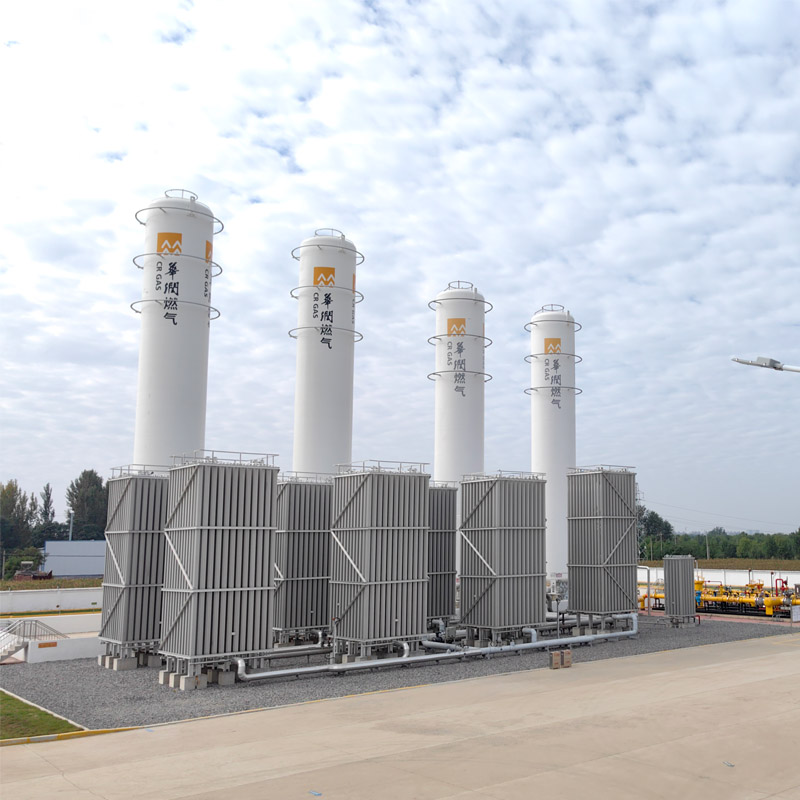
Sep . 28, 2024 18:56
Back to list
Gas Pressure Control Valve for Optimal Flow Regulation and Safety Enhancement
Understanding Gas Pressure Reducing Valves
Gas pressure reducing valves (PRVs) play a crucial role in gas distribution systems, ensuring that gas is supplied safely and at the appropriate pressure for various applications. These devices are essential in both residential and industrial settings, where the regulation of gas pressure is vital for operational efficiency and safety. This article will explore the function, types, applications, and maintenance aspects of gas pressure reducing valves.
Function of Gas Pressure Reducing Valves
The primary function of a gas pressure reducing valve is to control the pressure of the gas coming from a higher pressure source, such as a gas main or storage tank, and reduce it to a preset lower pressure for distribution within a facility or home. This reduction is necessary because the pressure of the gas in transmission lines is often too high for direct usage, which could lead to equipment damage, safety hazards, or inefficient operation.
Pressure reducing valves operate automatically, adjusting to changes in downstream demand. When the demand for gas increases, the pressure drops; the PRV compensates by allowing more gas to flow through, keeping the pressure stable. Conversely, when the demand decreases, the valve reduces the flow to maintain the set pressure.
Types of Gas Pressure Reducing Valves
There are several types of gas pressure reducing valves, each designed for specific applications
1. Single-Stage PRVs These valves reduce the pressure from a high inlet pressure to a lower outlet pressure in one step. They are typically used in applications where the pressure drop is not extreme and where stable conditions are expected.
2. Multi-Stage PRVs As the name suggests, these valves feature multiple stages of pressure reduction. They are beneficial in scenarios where there is a significant difference between inlet and outlet pressures. By spreading the pressure reduction across several stages, these valves help minimize pressure fluctuations and reduce wear and tear on the primary valve mechanism.
3. Adjustable PRVs Some valves come with adjustable settings, allowing users to modify the outlet pressure as needed. This is particularly useful in systems where the demand for gas may change frequently.
gas pressure reducing valve

4. Fixed PRVs These are pre-set to operate at a specific pressure and do not allow for adjustment. They are usually selected for applications where a consistent pressure is needed and adjustments are not often required.
Applications of Gas Pressure Reducing Valves
Gas PRVs are used in a wide array of applications. In residential settings, they are commonly utilized in home heating systems, water heaters, and gas stoves. These valves ensure that the gas is delivered at a safe and efficient pressure, safeguarding appliances from damage.
In industrial applications, PRVs are critical in processes involving combustion, chemical manufacturing, and gas distribution systems. They help to prevent over-pressurization, explosions, and ensure compliance with safety standards. Additionally, PRVs are essential in maintaining consistent pressure in pneumatic systems and equipment, which rely on gas for operation.
Maintenance and Safety Considerations
Regular maintenance of gas pressure reducing valves is vital to ensure their continued reliability and efficiency. Users should periodically inspect these valves for signs of wear, leaks, and corrosion. It is essential to keep the valve free from debris and ensure that any internal components are functioning correctly. Additionally, regular calibration may be required to ensure that the outlet pressure remains within the desired range.
Safety is paramount when working with gas systems. Proper installation and maintenance of PRVs can prevent accidents that may result from over-pressurization. Gas line leaks can pose significant dangers, so detecting and fixing any leaks immediately is crucial.
Conclusion
Gas pressure reducing valves are essential components in both residential and industrial gas systems. By effectively regulating gas pressure, they enhance safety and efficiency. Understanding their function, types, applications, and maintenance needs ensures that these crucial devices operate effectively, thereby safeguarding equipment and users alike. Proper care and attention to these valves will promote a safer environment for all who depend on gas systems.
Next:
Latest news
-
Safety Valve Spring-Loaded Design Overpressure ProtectionNewsJul.25,2025
-
Precision Voltage Regulator AC5 Accuracy Grade PerformanceNewsJul.25,2025
-
Natural Gas Pressure Regulating Skid Industrial Pipeline ApplicationsNewsJul.25,2025
-
Natural Gas Filter Stainless Steel Mesh Element DesignNewsJul.25,2025
-
Gas Pressure Regulator Valve Direct-Acting Spring-Loaded DesignNewsJul.25,2025
-
Decompression Equipment Multi-Stage Heat Exchange System DesignNewsJul.25,2025

